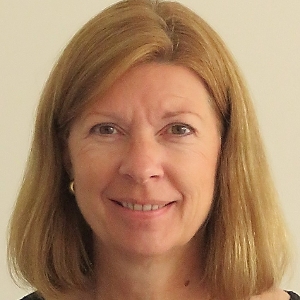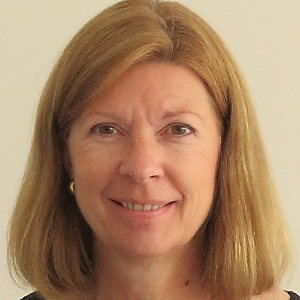

Annematt Collot D’Escury-Koenigs

Angelique Bakker-Pieper
Annematt Collot D’Escury-Koenigs’s (developmental psychology) question
Dear Angelique,
How does teaching kids differ from teaching UvA students?
Angelique Bakker-Pieper’s (Work & Organizational Psychology) answer
Annematt asked me how teaching kids differs from teaching UvA students. The question may be a bit surprising, but Annematt knows that next to my work as a teacher at UvA, I’m currently also training to obtain my teaching qualification for elementary school. So far, it’s been quite a journey! I’ve learned many interesting things. I also have to do an internship and even though at times it is exhausting, I thoroughly enjoy working with the children, like I still very much enjoy working with UvA students. The two biggest differences compared to teaching students are the motivation to learn and the enormous diversity of cognitive abilities in one age group.
The youngest children (4- to 7-year olds) are very eager to learn. They want to know everything, ask a zillion questions and are always curious. However, a lot of them find it hard to get used to the school day structure, to not always being able to choose what they’ll do and to -what they call- ‘work’ all the time. They also have to ‘work’ on topics or assignments that they are not very much interested in. Even though most teachers really make an effort to translate curriculum learning goals to something that is relevant for the children themselves, some goals are simply to far away from anything they can relate to (“you need to learn the counting row up to 100”, why???). Then their motivation to achieve the goal is limited (or non-existent). Most students at UvA have chosen to do a particular study and are motivated to make the most of it.
Furthermore, at UvA, I don’t consider differences in cognitive abilities. In elementary school, in one class of on average 25 children, the range of cognitive abilities is very wide, whereas in principle, for each child the learning objectives are the same. This means that teachers have to differentiate their instruction and support. Some children need a lot of instruction and guidance, others hardly any, but they need to be challenged with different assignments in order to keep learning. And for each domain as well as within each domain (depending on the specific topic), these subgroups may differ in composition. Teachers must divide their attention in such a way, that all children can learn and grow. It’s truly mind boggling to do this right and I definitely need to work on getting this even remotely right!
Angelique Bakker-Pieper’s question is for Mark Spiering (Clinical Psychology)

Annematt Collot D’Escury-Koenigs’s (developmental psychology) question
Dear Angelique,
How does teaching kids differ from teaching UvA students?

Angelique Bakker-Pieper’s (Work & Organizational Psychology) answer
Annematt asked me how teaching kids differs from teaching UvA students. The question may be a bit surprising, but Annematt knows that next to my work as a teacher at UvA, I’m currently also training to obtain my teaching qualification for elementary school. So far, it’s been quite a journey! I’ve learned many interesting things. I also have to do an internship and even though at times it is exhausting, I thoroughly enjoy working with the children, like I still very much enjoy working with UvA students. The two biggest differences compared to teaching students are the motivation to learn and the enormous diversity of cognitive abilities in one age group.
The youngest children (4- to 7-year olds) are very eager to learn. They want to know everything, ask a zillion questions and are always curious. However, a lot of them find it hard to get used to the school day structure, to not always being able to choose what they’ll do and to -what they call- ‘work’ all the time. They also have to ‘work’ on topics or assignments that they are not very much interested in. Even though most teachers really make an effort to translate curriculum learning goals to something that is relevant for the children themselves, some goals are simply to far away from anything they can relate to (“you need to learn the counting row up to 100”, why???). Then their motivation to achieve the goal is limited (or non-existent). Most students at UvA have chosen to do a particular study and are motivated to make the most of it.
Furthermore, at UvA, I don’t consider differences in cognitive abilities. In elementary school, in one class of on average 25 children, the range of cognitive abilities is very wide, whereas in principle, for each child the learning objectives are the same. This means that teachers have to differentiate their instruction and support. Some children need a lot of instruction and guidance, others hardly any, but they need to be challenged with different assignments in order to keep learning. And for each domain as well as within each domain (depending on the specific topic), these subgroups may differ in composition. Teachers must divide their attention in such a way, that all children can learn and grow. It’s truly mind boggling to do this right and I definitely need to work on getting this even remotely right!



